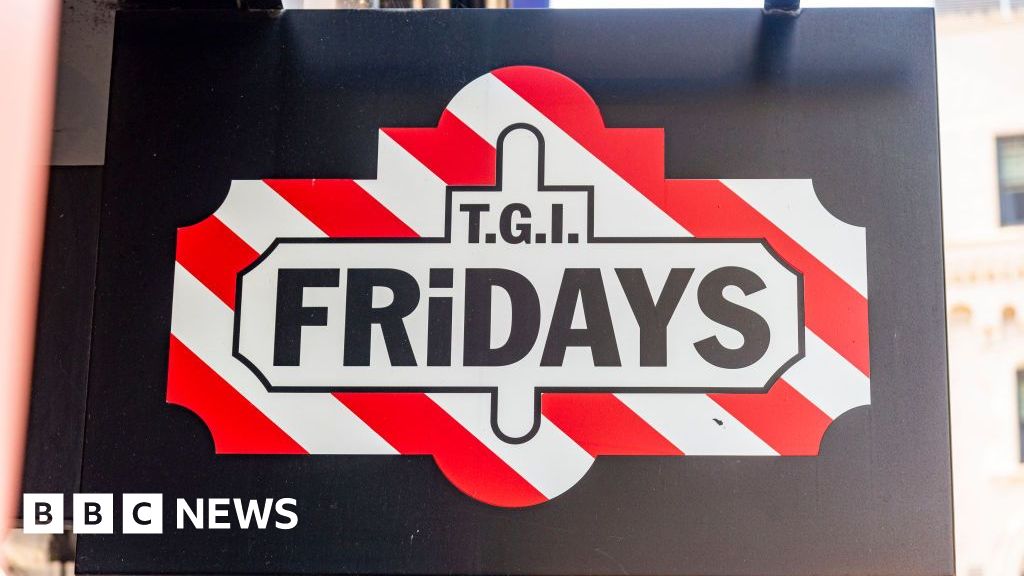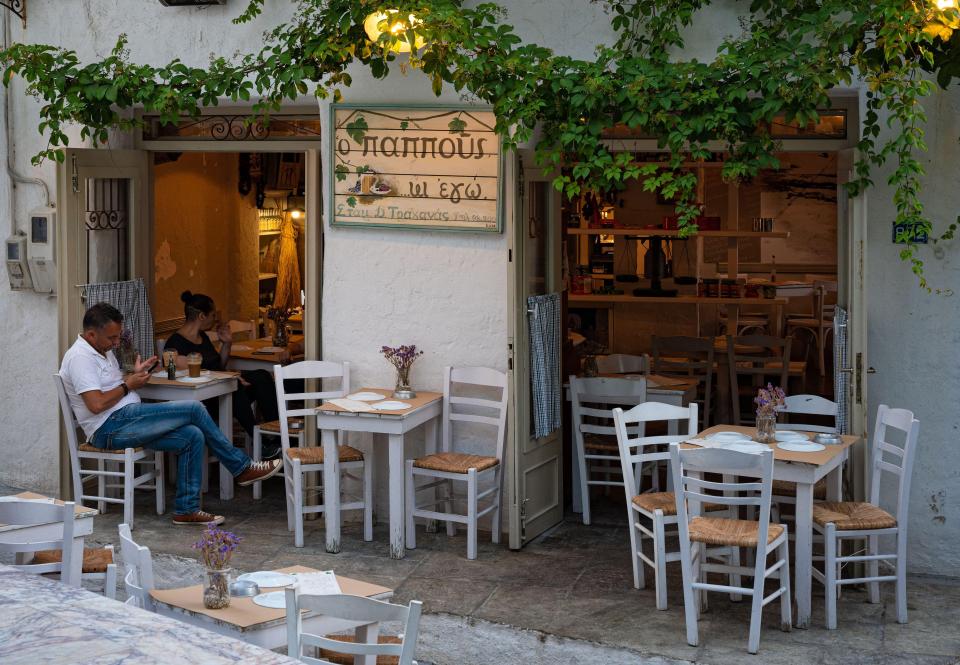California Democrats, energised by native daughter Kamala Harris’s presidential campaign, are trying to flip six congressional districts that Republicans have dominated for years, regaining control of the US House of Representatives in the process.
The “Harris effect” has given Democrats a slight polling boost in some of the races, raising hopes within the party that deep-blue California will deliver them a majority in the House. Victories in these seats would also tighten the Democrats’ grip on the state, despite criticism of the party’s leadership there on issues ranging from homelessness and business competitiveness to crime and the cost of living.
“The great irony for the Republicans is that their hopes of retaining control of the House lie in the bluest state in the country,” said Dan Schnur, professor at University of California, Berkeley’s Institute of Governmental Studies and a former Republican strategist. “This is not Ronald Reagan’s California any more.”
The outcome of the California races — along with a handful of contests in another blue state, New York — could determine whether the winner of the presidential election will be able to push through his or her legislative agenda.
The Republicans have a narrow majority in the House of just eight seats, with three vacancies. Most forecasters expect the Republicans to regain control of the Senate in the November election, so if they are able to hold on to enough congressional seats in California they could limit the ambitions of a Harris administration, or give her rival Donald Trump considerable room to manoeuvre.
“The entire House is on the line,” said Christian Grose, a professor of political science and international relations at the University of Southern California who conducted recent polls on the races. “The six congressional districts [in California] are the ones that are probably going to decide the House.”
Among the Democratic hopefuls in California is Will Rollins, a 40-year-old former federal prosecutor who is challenging Ken Calvert, a 71-year-old Republican who has held his seat in Congress since 1993. Rollins ran against Calvert in 2022 and lost; the two men were tied at 46 per cent each in a USC poll published last month.
But Rollins said having Harris on the ballot could improve his chances this year. “It’s been uniquely helpful in my case,” he said of the vice-president’s candidacy. “She represents a new generation . . . Calvert and [former president] Trump don’t look like our generation. We want to see ourselves in government.”
California voters are much more enthusiastic about Harris’s candidacy than they were about President Joe Biden’s before his fateful debate with Trump in June, according to a USC poll last week. This could translate to a better turnout, potentially helping Democrats in the congressional races.
“Everybody knows that Harris is going to carry California,” said Bob Shrum, a veteran Democratic strategist who is director of the USC Center for the Political Future. “But a lot of people will want to make an affirmative statement about themselves by going out and voting for her. Turnout is important.”
The races are close. According to another USC poll released September 24, Democratic House candidates are leading in four of six of the races, with a tie in a fifth race. A Republican is winning in one of the contests. All are statistical dead heats.
Redistricting and demographic changes — including immigration and a shift inland from coastal areas — have reshaped longtime Republican strongholds such as Orange County and the Inland Empire, which is about 100km inland from Los Angeles, giving Democrats some reason for optimism. “Many of these districts were Republican bastions,” Berkeley’s Schnur said.
In some ways, Orange County, birthplace of former Republican president Richard Nixon and a bedrock of conservatism for decades, epitomises the shifts. The House race in Orange County pits incumbent Republican Michelle Steel, who immigrated to the US from South Korea with her mother and sisters, against Democrat Derek Tran, whose parents were Vietnamese refugees.
Both candidates have hung campaign signs along the streets and strip malls of Orange County’s Little Saigon district in hopes of reaching the Vietnamese community, which has tended to backed Republicans thanks to its tough-on-communism message.

Steel’s signs say “down with communism” in red Vietnamese script against a background closely resembling the South Vietnamese flag, which remains a potent message symbol in a community created by refugees after the fall of Saigon in 1975. Tran’s signs in English say “Veteran for Congress”, a reference to his service in the US Army.
Tran is leading by 1.5 percentage points, but Steel is a formidable fundraiser who has demonstrated she can win in the Democrat-leaning district, which voted for Biden in 2020.
“The large Vietnamese community in particular is pretty evenly split between Tran and Steel,” Grose of USC said. “Older Vietnamese have tended to vote Republican and younger Vietnamese tend to vote Democratic.”
The district Calvert and Rollins are competing for has been dramatically reshaped in recent years. For decades it was solidly Republican, but today it encompasses LGBT-friendly Palm Springs and the logistics hub of the Inland Empire, which has become one of the fastest-growing regions in the US.
An influx of people priced out of the coastal areas of Southern California who are looking for more affordable housing has fuelled much of that growth — and shifted the politics of the region.
“If you were asked about this district 20 years ago, the answer would have been it’s a safe Republican district,” Shrum said. “Now it’s a competitive district. You have lots of people moving in over the past few years who are more inclined to vote for a Democrat.”
Shrum acknowledges the races are close but believes the Democrats can gain seats in the shifting California districts.
“They’re in pretty good shape to pick up a number of seats,” he said. “Control of the House may hinge on how many they pick up.”
Have your say

Kamala Harris vs Donald Trump: tell us how the 2024 US election will affect you














































































































































You must be logged in to post a comment Login